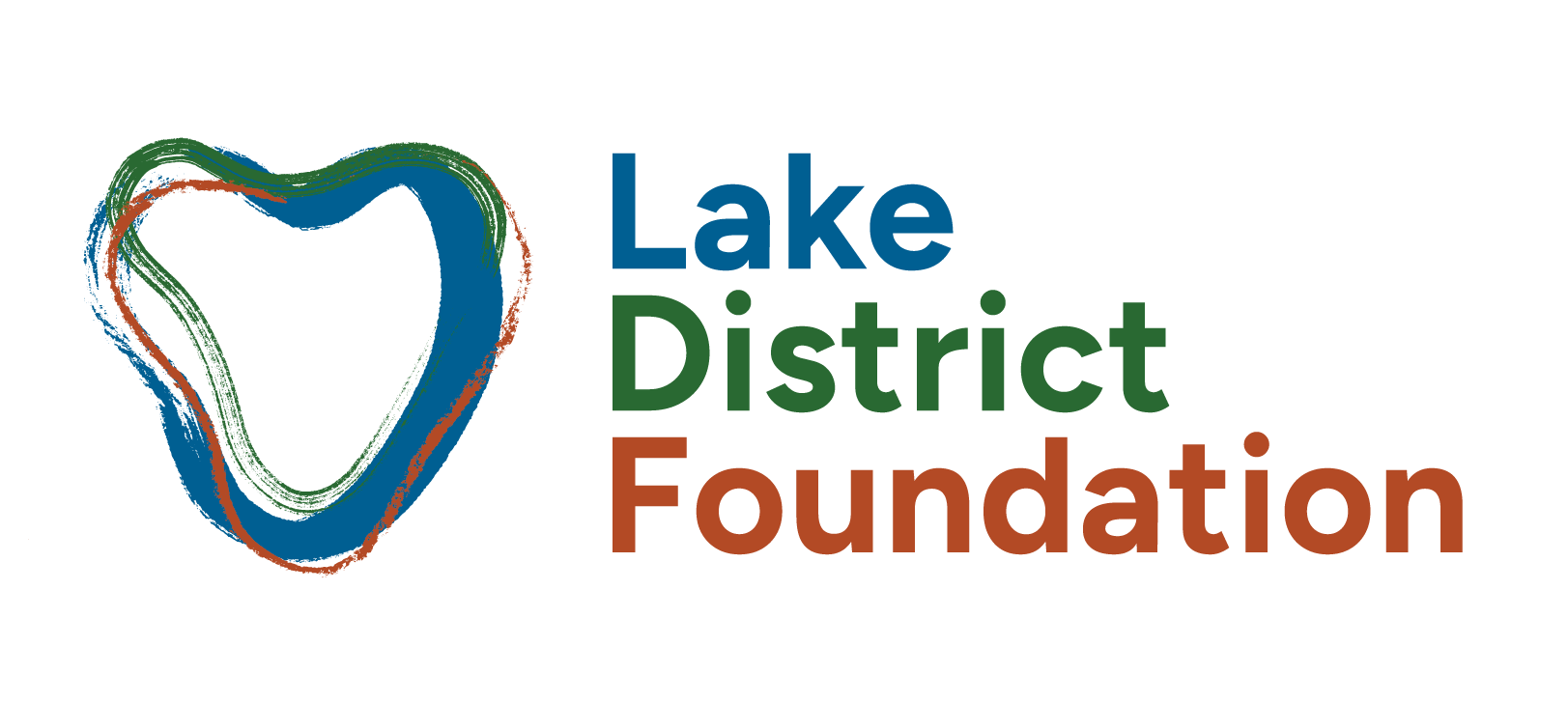Cumbria Wildlife Trust’s ‘Meadow Life’ project was successfully completed in October 2016, having run since April 2013. The project worked with farmers, small holders, community groups, schools, volunteers and members of the public to try and restore, promote and raise awareness of meadows and their management. Since 2013, 110 hectares of hay meadows have been restored using techniques such as plug planting, green hay spreading and reinstating traditional management techniques. A small army of volunteers has been recruited and trained, surveying 100 different meadows and 70 verges throughout the county.
 The project held over 42 public events over the past three and a half years, including practical restoration days, scything courses, botanical ID courses, felting workshops, walks and talks. These have engaged with a wide variety of different people, with over 420 attendees gaining a better understanding of our wonderful and unique hay meadows. Educational workshops were delivered to schools around Cumbria, teaching almost 870 school children about the importance of and threats to hay meadow habitats. Some of these schools have then gone on to grow their own plug plants and then plant these in local meadows.
The project held over 42 public events over the past three and a half years, including practical restoration days, scything courses, botanical ID courses, felting workshops, walks and talks. These have engaged with a wide variety of different people, with over 420 attendees gaining a better understanding of our wonderful and unique hay meadows. Educational workshops were delivered to schools around Cumbria, teaching almost 870 school children about the importance of and threats to hay meadow habitats. Some of these schools have then gone on to grow their own plug plants and then plant these in local meadows.
 Early in 2016, thoughts turned towards harnessing the expertise and commitment of people involved in the Meadow Life project to ensure that the project left a lasting legacy. In April 2016 Cumbria Meadows Network (CMN) was set up to enable meadow owners and managers to share knowledge and expertise, and to support each other with information and discussion of management techniques. Work has also commenced on setting up a new project that will continue the momentum of Meadow Life by delivering grassland restoration and creation during 2018 and 2019. The project will work across Cumbria, but most work will be focussed in the Lake District National Park, Morecambe Bay and Ravenstonedale areas.
Early in 2016, thoughts turned towards harnessing the expertise and commitment of people involved in the Meadow Life project to ensure that the project left a lasting legacy. In April 2016 Cumbria Meadows Network (CMN) was set up to enable meadow owners and managers to share knowledge and expertise, and to support each other with information and discussion of management techniques. Work has also commenced on setting up a new project that will continue the momentum of Meadow Life by delivering grassland restoration and creation during 2018 and 2019. The project will work across Cumbria, but most work will be focussed in the Lake District National Park, Morecambe Bay and Ravenstonedale areas.

Despite being in between the closure of one formal project and the launch of its successor, work is continuing in 2017 to protect and enhance our hay meadows in Cumbria. Restoration work will mainly take place from July to September, preceded by site visits, soil sampling and discussions with land owners and land managers about the planned work. Plug plants will be ordered and supplies of local provenance green hay and seed will be sourced, and management plans will be prepared to ensure that sites are managed correctly after the completion of restoration work. The volunteering programme will provide survey and plant identification training, with opportunities for volunteers to put their new skills into practice through monitoring existing grasslands. Scything workshops and community planting days are also planned.
Work has also continued through 2016 and will continue in 2017 on the Upland Wetland Restoration Project, restoring and protecting our peatlands. Work involves two elements:
• Re-profiling the eroding face to a more stable angle
• Re-vegetation of bare peat surfaces.
The sides of hags or gullies are re-profiled where they are steep or undercut with overhanging vegetation. Diggers are used to roll back or undermine the vegetation on the top edge, far enough to enable the underlying peat to be scraped down to create a 33 degree sloping bank. This is then pressed down to compact it and to increase stability. Wherever possible, as much of the re-profiled face is then covered with vegetation turves gathered from re-profiled areas or nearby. These are carefully placed on the bare peat with the vegetation uppermost and pressed down with the digger bucket.
None of this vital would be possible without your fundraising efforts.
Thank you again for your amazing support!
